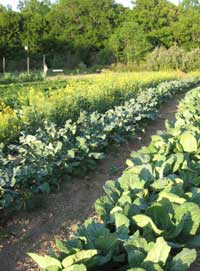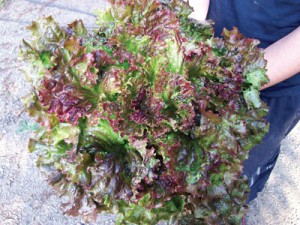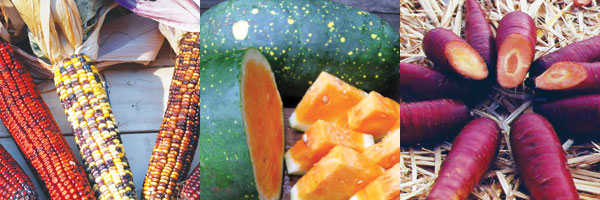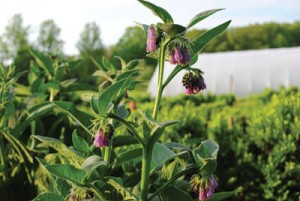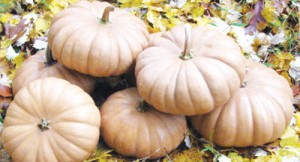
Here are some steps you can take against genetic modification:
Boycott GMO crops – don’t buy products containing corn, soy, canola, cotton, sugar or alfalfa, unless you know these ingredients are non-GMO. This is a huge step! It means boycotting most non-organic, mass-produced, processed foods. If that’s too daunting, try taking small steps. For example, eliminate foods that are high in GMO oils, such as cottonseed and vegetable oils. Boycotting GMOs will likely lead you to buy fresher food and eat a healthier diet.
Call food manufacturers and ask if ingredients in their products are GMO. Let them know you care! Some large chains’ phone numbers are listed on http://www.nwrage.org/content/contact-company
Bring the GMO issue up in supermarkets, cafeterias, and restaurants. When an employee you talk to in person can’t answer your questions, you can write them down and request that they be passed on to management.
Many of the organizations we link to have political action updates related to various GMO battles. Check these websites for the latest campaigns – write to your politicians and spread the word.
Tell your friends, co-workers, and family about the lawsuit against Monsanto, the risks of GMOs, and what you’re doing to avoid GMOs.
Write a letter to the editor or an op-ed for your local paper or an agricultural publication.
———————————–
You might also be able to contribute in one or more of the following ways.
If you work in a food co-op, restaurant, school, or any institution that has a cafeteria, see what you can do to reduce or eliminate GMOs from the food that is sold there. Then tell your customers what progress you’ve made, and why you chose to do this.
If you teach on a related subject, let your classes know about the risks of GMOs and the current lawsuit, Organic Seed Growers and Trade Association vs. Monsanto.
If you are a farmer or a market gardener, tell your customers, extension agents, and other farmers and gardeners why you don’t grow GMOs.
Offer to volunteer with an organization addressing GMO concerns. You might be able to contribute to with research, website development, community organizing and outreach, or events. The possibilities are endless.
If GMO crops have made your life harder, we want to know! Your story could be useful in showing that GMOs are harmful to society. Write to Don Patterson at paedc@aol.com with your experiences.
If you or an organization you work for has information relevant to this case, look into the possibility of filing an Amicus brief, a.k.a. a “Friend of the Court” brief. We don’t want to inundate the court with them, but quality points in Amicus briefs can be very valuable. You can contact Sabrina Hassan at Hassan@PubPat.org for further information.
If you know of an event where a speaker on the topic of this suit would be welcomed, pass the information on to Don Patterson at paedc@aol.com

